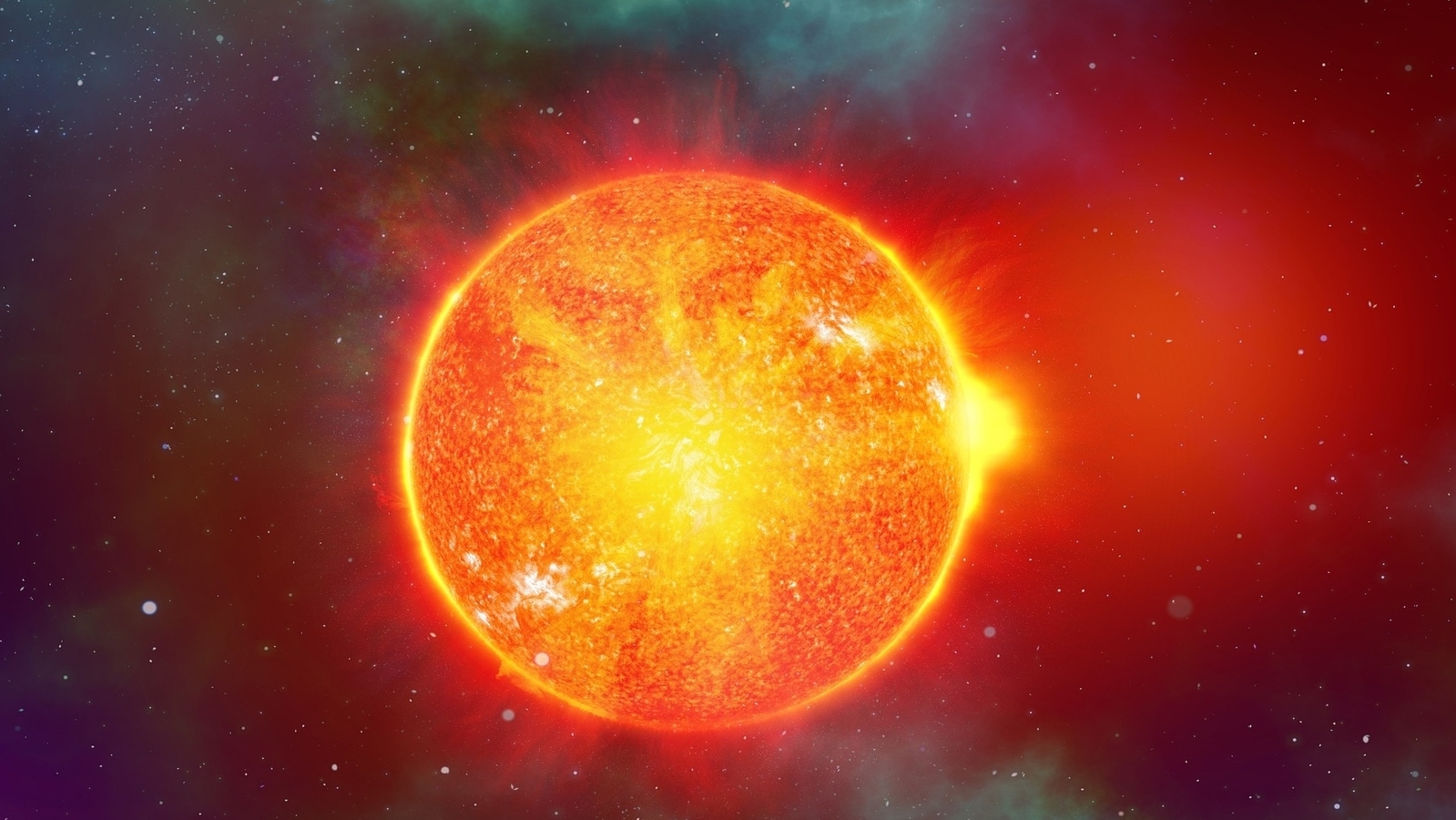Angry Sun blasts Earth! Solar storm, solar flare and now, sunspot, planet faces torrid time
As the Earth reaches its perihelion, the Sun has sprung into action. After a solar storm struck yesterday, January 4, now a solar flare and a farside sunspot could hit our planet. Check details.






 View all Images
View all ImagesThe Sun has been extremely active the past few days, and it is a terrifying development for us. Right now, the Earth is in its perihelion, the point in its orbit where it is the closest to the Sun, and a hyperactive Sun can easily spell disaster for us. Yesterday, January 4, the Earth suffered a massive solar storm that even moved a satellite away from its path. And before we could recover from it, more solar disturbances are aiming for our planet. While on one hand, the National Oceanic and Atmospheric Administration (NOAA) has warned for a solar flare possibility that can go off today, NASA has revealed about a potentially dangerous farside explosion on the Sun. Read on for details.
The Sun bombards the Earth with solar disturbances
The latest development came from a report by SpaceWeather.com which noted, “NOAA forecasters say there is a 30% chance of M-class solar flares today, Jan. 5th. The most likely source is sunspot AR3180, which has an unstable 'beta-gamma' magnetic field. Any flares it produces will be geoeffective because AR3180 is directly facing Earth”.
But this is not all. The NASA Solar Dynamics Observatory (SDO) detected a farside explosion on the Sun. This explosion was so strong that its shock waves were detected on both the poles of the Sun. If it were directed towards the Earth, it could have led to massive destruction to satellites, disruption to all wireless communications including mobile network, damage to internet services, power grid failures and more. But concerningly, this particular region, which is believed to be a sunspot, will face the Earth soon, and if it is unstable, more such explosions can be directed towards the Earth.
The Earth's current position with respect to the Sun also complicates the situation. No matter which solar disturbance strikes the Earth, its impact would be significantly strong as the Earth itself is close to the Sun. What it also means is that extreme solar storms like the Carrington event are also not out of the question.
The tech that predicts solar storm
While many space agencies from NASA with its Solar Dynamics Observatory (SDO) to National Oceanic and Atmospheric Administration (NOAA) keep track of Sun-based weather phenomena, one that particularly stands out is the DSCOVR satellite by NOAA. The satellite became operational in 2016 and tracks different measurements of the Sun and its atmosphere including temperature, speed, density, degree of orientation and frequency of the solar particles. The recovered data is then run through the Space Weather Prediction Center and the final analysis is prepared.
Catch all the Latest Tech News, Mobile News, Laptop News, Gaming news, Wearables News , How To News, also keep up with us on Whatsapp channel,Twitter, Facebook, Google News, and Instagram. For our latest videos, subscribe to our YouTube channel.





























